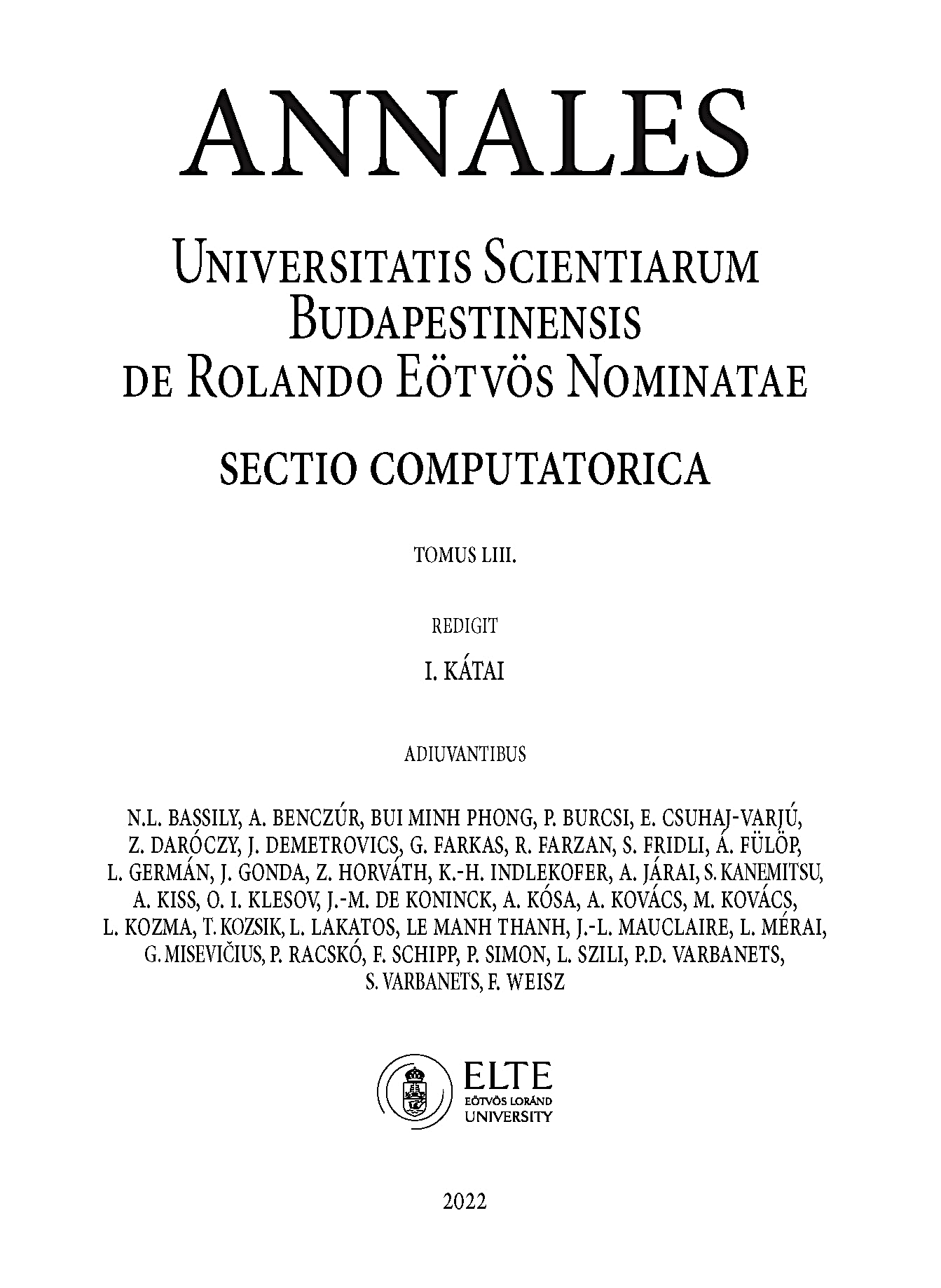https://doi.org/10.71352/ac.53.175
Testing various numerical optimization methods
on a series of artificial test functions
Abstract.
Features of several well-known global and local optimization methods were discussed and their robustness and efficiency were tested
on several artificial test functions in Matlab environment. The tested local methods were the interior-point, the quasi-Newton method,
Nelder–Mead simplex, the pattern search, the NEWUOA and the BOBYQA methods. The global methods were the genetic algorithm (GA),
the simulated annealing (SA), the particle swarm optimization (PSO), and the covariance matrix adaptation evolutionary strategy (CMA-ES)
methods (see subsections 2.2 and 2.3 for their details). Furthermore, a novel global optimization method, called FOCusing robusT Optimization
with Uncertainty-based Sampling (FOCTOPUS), which proved to be very efficient in the optimization of constrained and highly correlated
parameters of combustion kinetic models, was also tested. The test functions were selected in such a way that they had a variety of features:
uni-modal and multi-modal, differentiable and non-differentiable, separable and non-separable, low dimensional and high dimensional.
The following test functions were used: the 20D Alpine function, the 4D Ackley function, the
Cross-in-tray 2D function, the Hartmann-6D
function, the Holder table 2D function, the 5D Rastrigin function, the 5D Rosenbrock function, the 4D modified Rosenbrock function,
the 20D Zakharov function and a typical 2D multi-modal function. The general conclusion here is that, the global methods performed well on
the multi-modal and high-dimensional test functions while the local methods were superior in the case of low-dimensional and uni-modal test
functions. For the highly multi-modal test functions, the GA was better than all the other methods. The FOCTOPUS method proved to be inferior
to GA for most of the test functions, thus its application cannot be generally recommended.

 ELTE Eötvös Loránd University
ELTE Eötvös Loránd University